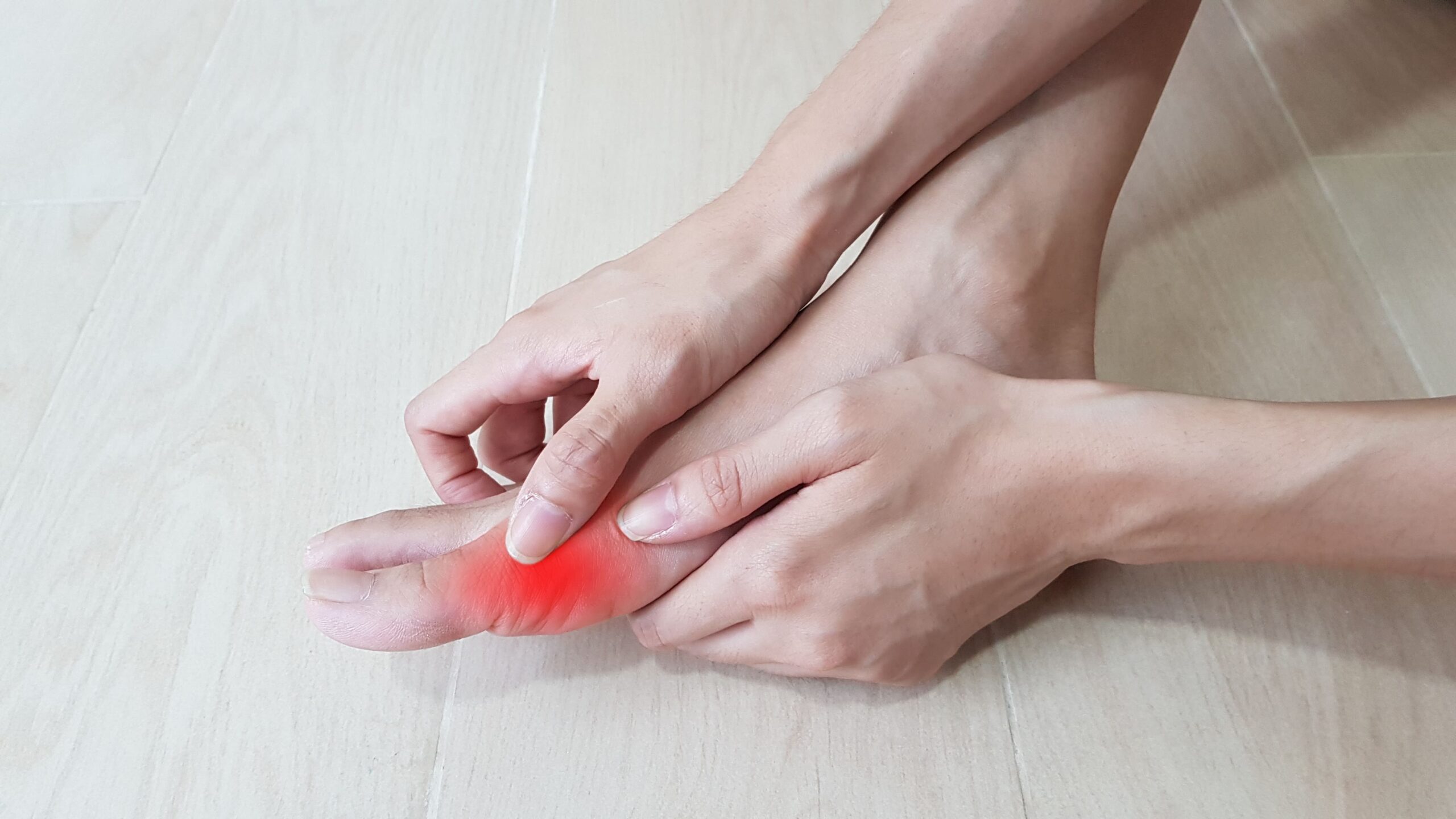Hallux Valgus, commonly known as a “bunion“, is a true pathology that requires appropriate treatment.
Hallux Valgus is one of the most common foot conditions: anyone can be affected by it.
This pathology affects a large number of women, particularly those over the age of thirty, although men are not entirely exempt from it.
Commonly known as a “bunion”, it appears as a deformity of the front part of the foot, specifically the big toe, resulting from a deviation of the hallux towards the other toes.
It is a true pathology that requires appropriate treatment.
In this article we address it in its entirety, discussing the following:
1 – The causes of hallux valgus
2 – The symptoms of the bothersome bunion
3 – Treatments and remedies for the condition
4 – Surgical intervention for complete recovery
1 – The causes of hallux valgus
The foot is a crucial part of the body: it provides stability when standing and enables seemingly effortless yet essential movements such as jumping, running, and simply walking.
A deformity can disrupt the balance of the structures it is composed of.
Hallux valgus deformity can be caused by multiple factors:
- genetic predisposition;
- congenital malformations;
- foot trauma;
- overweight and poor posture;
- arthritis;
- rheumatic or neuromuscular diseases.
They can be grouped into two types: congenital or acquired and therefore secondary; or idiopathic depending on whether or not a specific cause can be identified.
The genetic predisposition
There is no clear hereditary pattern, but there is a genetic predisposition, although no specific gene has ever been identified.
Only a strong familial pattern from parent to child, even with generational skips, has been established.
Those who have a family member with hallux valgus are certainly more at risk of developing the condition.
When hallux valgus cannot be attributed to a defined cause, it is called primary or idiopathic hallux valgus; in other cases it is called secondary hallux valgus.
The responsibility of hallux valgus can be attributed to acquired causes such as autoimmune, degenerative, and post-traumatic diseases (e.g. rheumatoid arthritis, gout).
Several other conditions make people more susceptible to developing this disorder: a long first metatarsal, low muscle tone and some neuromuscular or connective tissue diseases.
There are also people who have foot deformities present from birth, such as flat feet, who are more likely to develop hallux valgus during their growth years.
What role do shoes play in hallux valgus development?
The role of footwear in the development of hallux valgus is a matter of debate between being a direct cause or a contributing cause of the disorder, as the condition is also found in populations that do not wear shoes.
Women’s shoes, for example, with a high heel and a narrow toe, certainly cause excessive pressure on the toes and aggravate inflammation and redness.
The responsibility can be attributed especially if you tend to wear models that are inappropriate for the physiology of your foot, forcing the big toe into an unnatural position.
This can favor the onset of the condition, but it is not enough to identify it as the cause.
Would you like to learn more about the symptoms? Visit this page.
2 – The symptoms of the bothersome bunion
This pathology is characterized by the inward displacement of the base of the big toe and the lateral deviation of its tip towards the other toes.
The bony deformity is typically associated with constant and painful inflammation of the joint, often accompanied by bursitis, a small “blister” that forms at the base of the big toe.
The pain tends to worsen with movement or walking.
In severe cases the big toe may overlap the second toe.
If left untreated, hallux valgus can progressively worsen, leading to limitations in personal autonomy.
How to recognize hallux valgus and what are its symptoms?
It is easy, especially when the deformity has become noticeably apparent to the naked eye.
The orthopedic specialist visit remains essential for a correct diagnosis, obtained on the basis of an accurate anamnesis and a scrupulous examination of the foot as a whole, with the addition of a weight-bearing x-ray.
The symptoms may vary from person to person, but in general hallux valgus is characterized by the presence of different symptoms:
- swelling or redness;
- swelling localized at the base of the big toe;
- thickened skin;
- persistent or intermittent pain;
- Limited range of motion in the big toe, which deserves further investigation.
The main symptom is the presence of pain, especially with high and narrow shoes: as the deformity increases, the frequency, duration and degree of pain also worsen.
Other symptoms may be:
- ulceration of the skin at the base of the first toe
- tingling or burning of the first toe
- feeling of foot fatigue when walking
The other toes, also more and more severely, assume the hammer-like attitude, until they dislocate on their respective metatarsals.
Poor foot support can lead to real postural imbalances which can cause problems affecting other joints, such as the knee, hip or spine.
In addition to being a painful pathology, it also has an aesthetic impact.
Would you like to know more? Read this article.
3 – Treatments and remedies for the disorder
Generally speaking, in the initial stages of the disease, the use of comfortable shoes and orthotics can relieve discomfort and pain.
When the pathology is progressive and the deformity worsens, surgical treatment is recommended.
In fact, the orthotics have a palliative compensatory function, but have no curative and corrective effect on the pathology.
They may lose their effectiveness over time even in those patients who had received an initial benefit from them.
The treatment can therefore be surgical or conservative, let’s see them better.
The conservative treatment
In the early stages of the disease the use of comfortable shoes and orthotics can alleviate the discomfort, as well as avoiding high heels and activities that force you to stand for long periods of time.
Anti-inflammatory drugs and physiotherapy treatments can also relieve pain, as cryotherapy (ice bag) can.
But this approach, partially effective in milder forms, is transitory.
It determines some limitations: it prevents wearing favorite footwear, carrying out sporting activities, forces the patient, usually a woman, to change dressing habits and to have behaviors linked to pain control.
In fact conservative treatments are not conclusive, as they do not cure the pathology; they just allow you to live with them with less hassle.
Just as corrective braces and other physiotherapy therapies do not have a corrective effect on the deformity, nor are they capable of slowing down its evolution.
The surgical treatment
Only surgery allows true healing.
The techniques with better results allow the correction of the deformity, modifying the deviation of the finger and can be divided into 2 categories:
- classic surgery: it involves cutting and opening the skin and tissues until the bone is exposed and intervention is performed directly. Screws, plates or metal wires are used;
- percutaneous technique: less invasive, it is carried out by making micro-incisions on the skin through which dedicated and miniaturized surgical instruments are introduced.
The operation is essentially painless, the discomfort is present only in the first few days and is well controlled with common painkillers (prescribed by the doctor upon discharge).
Hallux valgus – laser surgery
Laser is a misnomer for the small surgical instruments used.
The percutaneous intervention in fact involves the use of mini drills to shape the bone through ‘little holes’ on the skin.
This sometimes generates the belief that the hallux valgus is operated on with a laser, but this is not the case.
In medicine the laser has many uses, including surgical, but there is no laser technique for correcting hallux valgus.
Hallux valgus surgery without fractures
In past years interventions that did not involve osteotomies were used with the aim of ensuring good correction of the deformity with less pain and rapid recovery.
These interventions have been abandoned, because they were unsatisfactory, with recurrences of hallux valgus or even overcorrection (hallux varus).
Surgery is the only definitive solution to resolve and make the associated symptoms disappear.
Find out more about the different treatments for hallux valgus here.
4 – Surgery for complete recovery
Who can undergo surgery to correct hallux valgus?
The main indication is the pain felt by the patient, but also frequent episodes of bursitis and rapid worsening.
The classic surgery
The classic operation is open and involves cutting and opening the skin and tissues until the bone is exposed and intervention is performed directly.
Usually screws, plates or metal wires are used and it lasts approximately 30 minutes.
Minimally invasive surgery
Modern techniques aim at bone correction with a non-aggressive and short-term surgical approach: the objective is to realign the bones of the big toe and balance the forces that have led to the deformity.
The anesthesia is local, associated with a comfortable, non-dangerous light sedation, which covers the pain for a long time.
It lasts about 10 minutes and involves the use of small surgical dental drills, it is closed and without a surgical incision and without exposing the surrounding bones and tissues.
It ensures reliable and reproducible results.
The patient is discharged on the same day of the operation and can walk again without crutches immediately, putting weight on the operated foot.
The absence of internal or external means of synthesis allows fractures to heal quickly, with very low risk of infection, with less pain and no rehabilitation.
Even the swelling is limited and of variable extent and no scars remain: after just 3 months you can go back to wearing high-heeled shoes.
Once the convalescence is over and healing is confirmed, the problem has disappeared: this surgery is able to completely and definitively correct the deformity.
It is essential to intervene at an early stage of the pathology.
The minimally invasive technique, in short, brings immediate and long-lasting benefits:
- A reduction in post-operative pain;
- Less bleeding and swelling;
- A rapid recovery from surgery, healing in 30 days;
- No synthesis means such as plates, screws or metal wires are necessary;
- Surgical time speed, average 10-15 minutes;
- Immediate recovery of walking;
- Minimal post-operative swelling;
- Post-operative complications are reduced to a minimum;
- No scars.
If you want to learn more about the intervention, I recommend you also read this article.
With Dr. Vanni Strigelli you have the opportunity to undertake a safe, reliable and competent path if you also suffer from hallux valgus. Ask for information.


